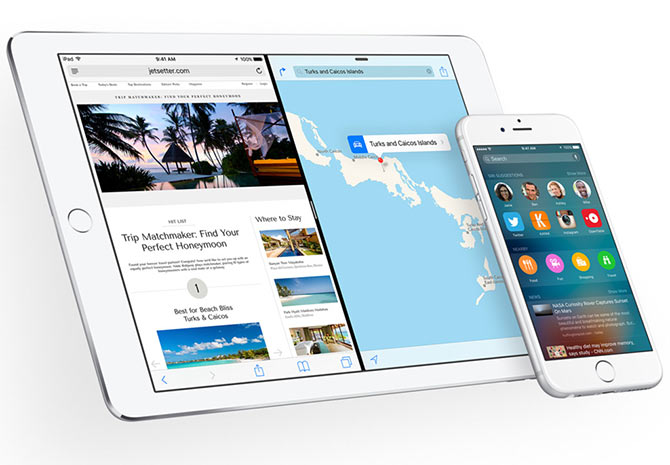Strain in the eye is the most common problem a person suffering from computer vision syndrome faces. It is often caused by excessive bright light, either from the sunlight coming in through a window or from harsh interior lighting.

Sudhir Pratap is a web designer. He spends hours daily on a computer. For some weeks, he has been having trouble focusing on the screen. He is being forced to take frequent breaks to rest his eyes.
Life today is incomplete without electronic gadgets like computers, laptops, smart phones and tablets. But, prolonged use of gadgets can harm the eyes.
Most corporate executives experience eye discomfort and complex vision problems when viewing a computer screen for extended periods.
This condition is called "computer vision syndrome". It can result in headaches, blurred or double vision, burning or tired eyes, dry eyes, strain in the eye, loss of focus and neck and shoulder pain.
These symptoms are caused by poor lighting conditions, glare on the computer screen, improper viewing distance, poor seating posture, and often a combination of all these factors.
Strain in the eye is the most common problem a person suffering from computer vision syndrome faces. It is often caused by excessive bright light, either from the sunlight coming in through a window or from harsh interior lighting.
Glare on walls and finished surfaces and reflections on your computer screen can also cause the strain. It is best to remove the offending source of light.
Replace your old tube-style monitor with a flat-panel liquid crystal display or an anti-reflection screen.
Quick Tips
- Adjust the display settings of your computer to reduce eye strain and fatigue. Keep your computer at a distance of 20-26 inches from your eyes. Ensure the centre of your monitor is 4-9 inches below the eye level. Adjust the brightness and contrast of the display, so that it is approximately the same as the brightness of your surrounding workstation. Adjust the text size and contrast for comfort, especially when reading or composing long documents. Usually, black print on a white background is the best combination. Reducing the colour temperature of your display can also be of great help, as it lowers the amount of blue light emitted by a colour display for better long-term viewing comfort.
- While working on a desktop, make sure the keyboard and the mouse are below elbow level. One may also used keyboard extension board for a more comfortable typing experience. The wrist should not bend while typing.
- While sitting on the chair, your feet should be firmly planted to the ground and your knees should be at a right angle or more. Keep your back and shoulders straight. Your arms should be parallel to the floor while typing.
- Look away from your computer at least every 20 minutes and gaze at a distant object (at least 20 ft away) for a minimum of 20 seconds. This is called the 20-20-20 rule. You can also look at a distant object for 10-15 seconds, then gaze at something up close for 10-15 seconds and then again look at the distant object. Do this 10 times.
- You can opt for customised computer glasses, also known as anti-reflective coating screen or glasses that help reduce the impact of glare on the eyes. This is especially helpful if you normally wear contact lenses, which may become dry and uncomfortable during sustained work. Computer glasses are also a good choice if you wear bifocals or progressive lenses.
- Blink your eyes frequently to avoid the problem of dry eyes. You may also use lubricating eye drops suggested by your doctor. If the problem persists, consult an ophthalmologist.
Dr Sanjiv Gupta is additional director, ophthalmology, Jaypee Hospital, Noida.
Photograph: Yannig Van de Wouwer/Creative Commons











